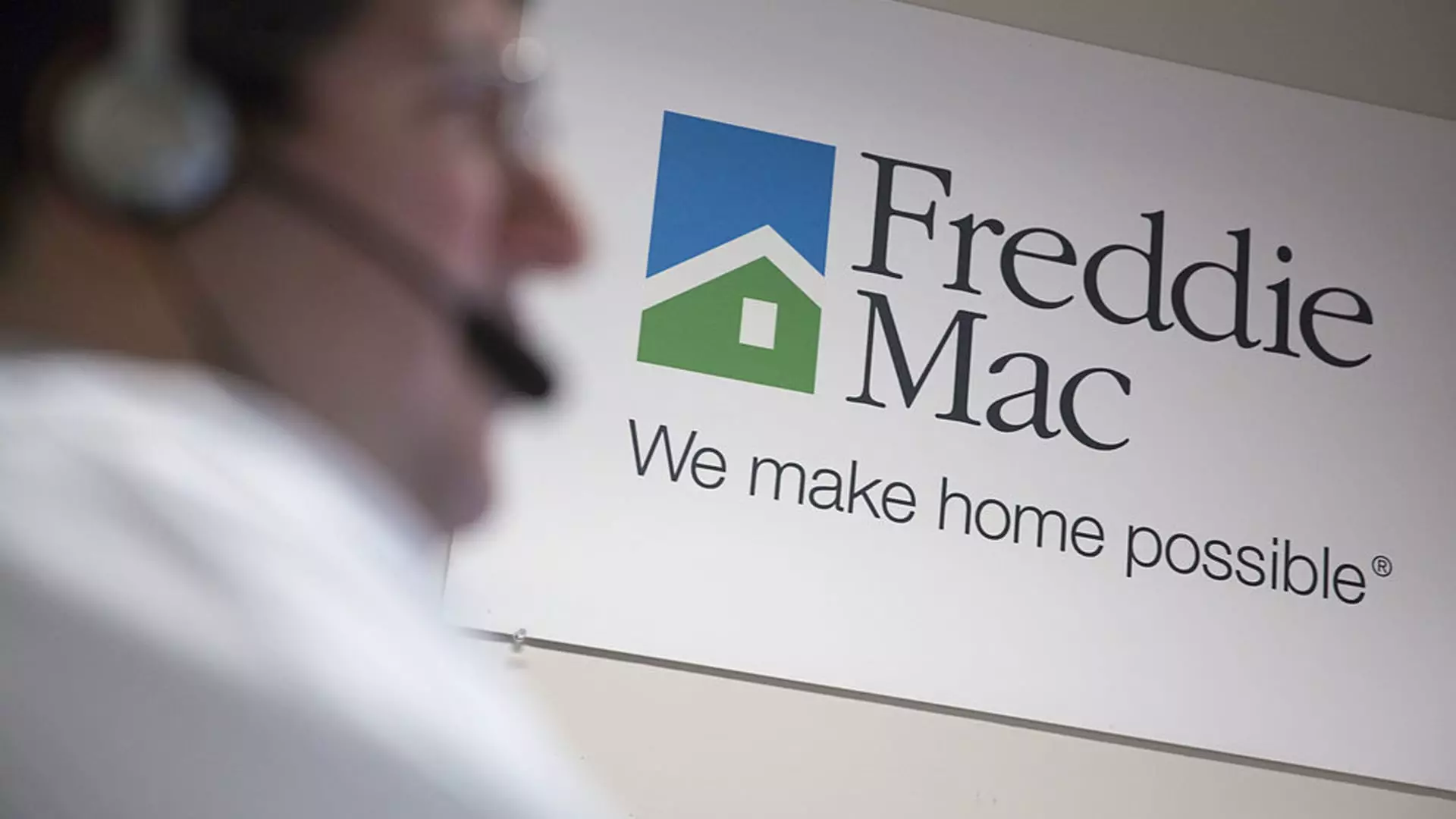Fannie Mae and Freddie Mac have been integral components of the U.S. mortgage finance landscape since their inceptions. As government-sponsored enterprises (GSEs), they play an essential role in facilitating home loan availability and stability within the housing market. However, after being placed under government conservatorship during the 2008 financial crisis, the future of these two entities has come under scrutiny. With expectations swirling around potential shifts in federal policy, understanding their operational framework, historical context, and implications for the mortgage market is critical.
The roots of Fannie Mae and Freddie Mac’s conservatorship trace back to the global financial crisis, which began in 2007 and peaked in 2008. During this tumultuous period, millions of Americans faced foreclosure, and financial markets unraveled due to a cascade of mortgage defaults. In a desperate attempt to stabilize the housing market, the U.S. Treasury extended significant lines of credit to both organizations, amounting to $100 billion each. This intervention was crucial in averting an immediate collapse not just for the GSEs but for the broader economic ecosystem reliant on a stable mortgage market.
The consequences of the crisis were catastrophic, with estimates from the Federal Reserve indicating that approximately 3.8 million homes were lost to foreclosure from 2007 to 2010. The actions taken by the federal government during this period, including profit sweeps from Fannie Mae and Freddie Mac to recoup taxpayer funds, were controversial yet deemed necessary by many economists and policymakers. Mark Zandi from Moody’s voiced that despite the unconventional measures, they represented sound decisions to protect the taxpayer investment during a time of crisis.
As of now, Fannie Mae and Freddie Mac remain in the government’s embrace, but signs indicate potential shifts. There is speculation about an end to their conservatorship, especially with the current administration signaling interest in restructuring the mortgage finance system. Former Federal Housing Finance Agency Director Mark Calabria noted the challenges posed by the current governance, questioning whether the system is equipped to handle economic downturns without exposing taxpayers to undue risk.
Both entities are essential for curbing risks for investors by providing affordable mortgage options, which in turn influences overall mortgage rates across the country. However, their high leverage—with debt-to-equity ratios close to 1,000 to 1—underscores the necessity for a robust capital framework to safeguard against future volatility.
As these discussions evolve, Calabria and proponents of privatization argue that freeing Fannie Mae and Freddie Mac from government control could bolster the mortgage market. If privatization occurs, Zandi forecasts a rise in mortgage rates by 60 to 90 basis points unless explicit government guarantees remain intact. Conversely, supporters argue that privatization could potentially reduce rates by increasing competition and innovation within the market.
The status of Fannie Mae and Freddie Mac directly impacts the viability of homeownership for many Americans, shaping the affordability landscape. As these giants re-enter discussions surrounding their operational independence, the implications are immense. A stable, functionally enhanced mortgage market would ideally facilitate more accessible loans for homebuyers, positively affecting the housing supply and affordability.
However, questions surrounding the efficacy of government backing linger. Policymakers must carefully consider the balance between fostering competition and ensuring consumer protection. The prospective re-privatization of these GSEs could lead to a system where mortgage availability is tied to market performance, thus introducing new risks for borrowers and lenders alike.
As Fannie Mae and Freddie Mac continue to adapt within a shifting political landscape, all eyes will be watching how policymakers handle the delicate balance of risk, affordability, and access in the mortgage marketplace. The future of these institutions will undoubtedly shape the trajectory of the U.S. housing market and affect millions of families striving for the American dream of homeownership. Navigating these waters requires foresight, careful analysis, and ultimately, an understanding of the nuanced interplay between public interest and market realities. As discussions of conservatorship and potential privatization unfold, stakeholders must weigh the implications with an eye toward future stability and growth.

